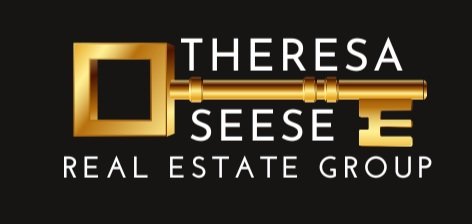When you’re ready to start house hunting, it’s time to get preapproved for a mortgage. When you apply, your lender will give you a preapproval letter that states how much you’re approved for based on your credit, assets and income. You can show your preapproval letter to your real estate agent so they can help you find homes within your budget. Based on the condition of this being a “sellers market” and with the restrictions of Covid, preapprovals are required to tour homes.
To get preapproved, you need to apply with your lender. The preapproval process typically involves answering some questions about your income, your assets and the home you want to buy. It will also involve a credit check. Click here to start your preapproval.
Conventional Loans
Conventional loans, sometimes called conforming loans, are loans that are backed by Fannie Mae or Freddie Mac. The majority of mortgages in the U.S. are conventional loans. Conventional loans are always a popular option for homebuyers, and you can get one with as little as 3% down.
FHA Loans
Backed by the Federal Housing Administration, FHA loans are less of a risk for lenders because the government insures them if you stop making payments. As a result, FHA loans have credit score requirements that aren’t as strict. You can get an FHA loan with a down payment as small as 3.5%.
VA Loans
VA loans are mortgage loans for veterans, active-duty members of the Armed Forces, and qualifying surviving spouses. The most popular benefit of VA loans for homebuyers is no down payment required. VA loans are insured by the Department of Veterans Affairs.
USDA Loans
Another type of government-backed loan, a USDA loan, helps people in rural and suburban areas buy homes. You can get a USDA loan with 0% down, but your home must be in an acceptable rural area and you must meet income eligibility rules.

